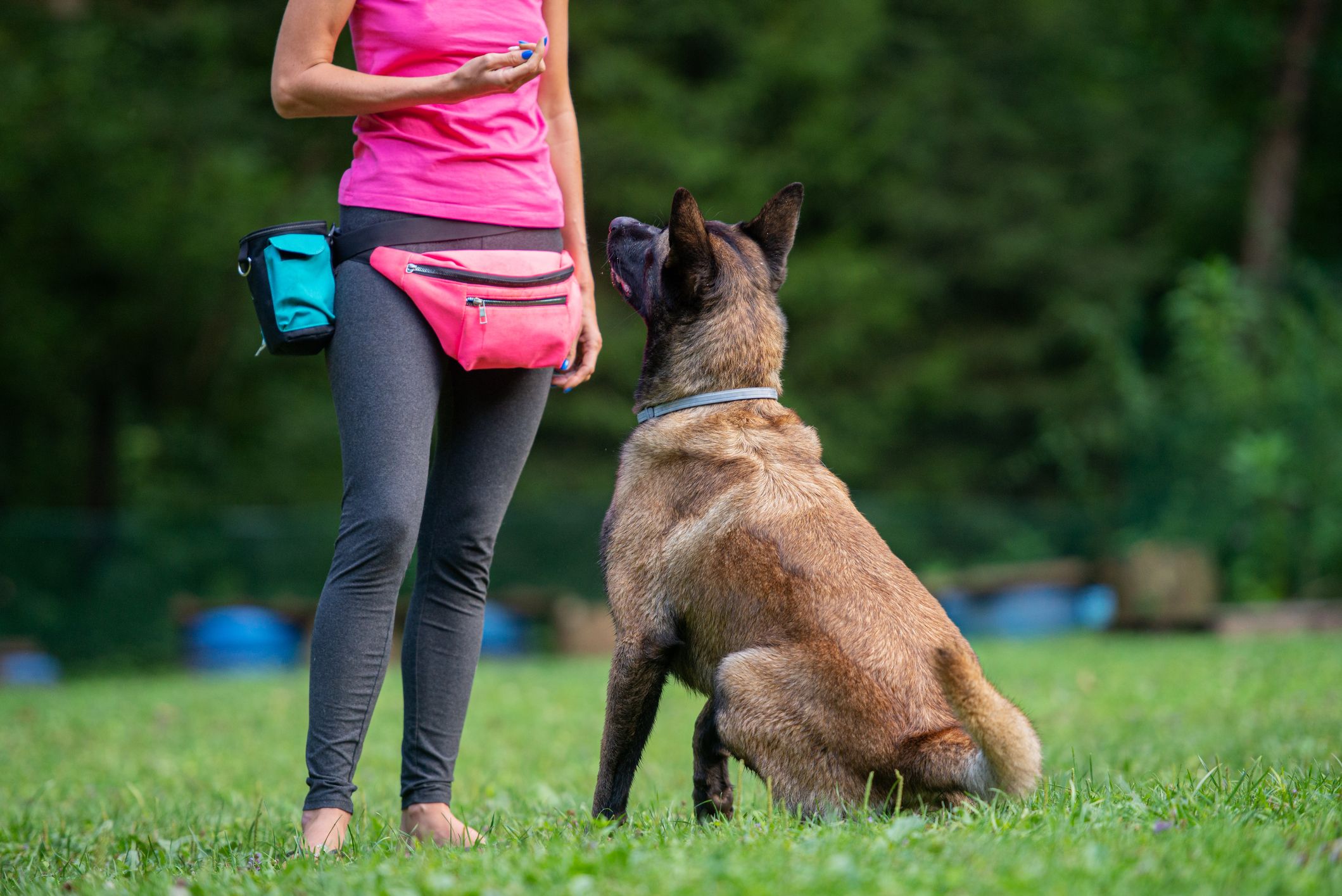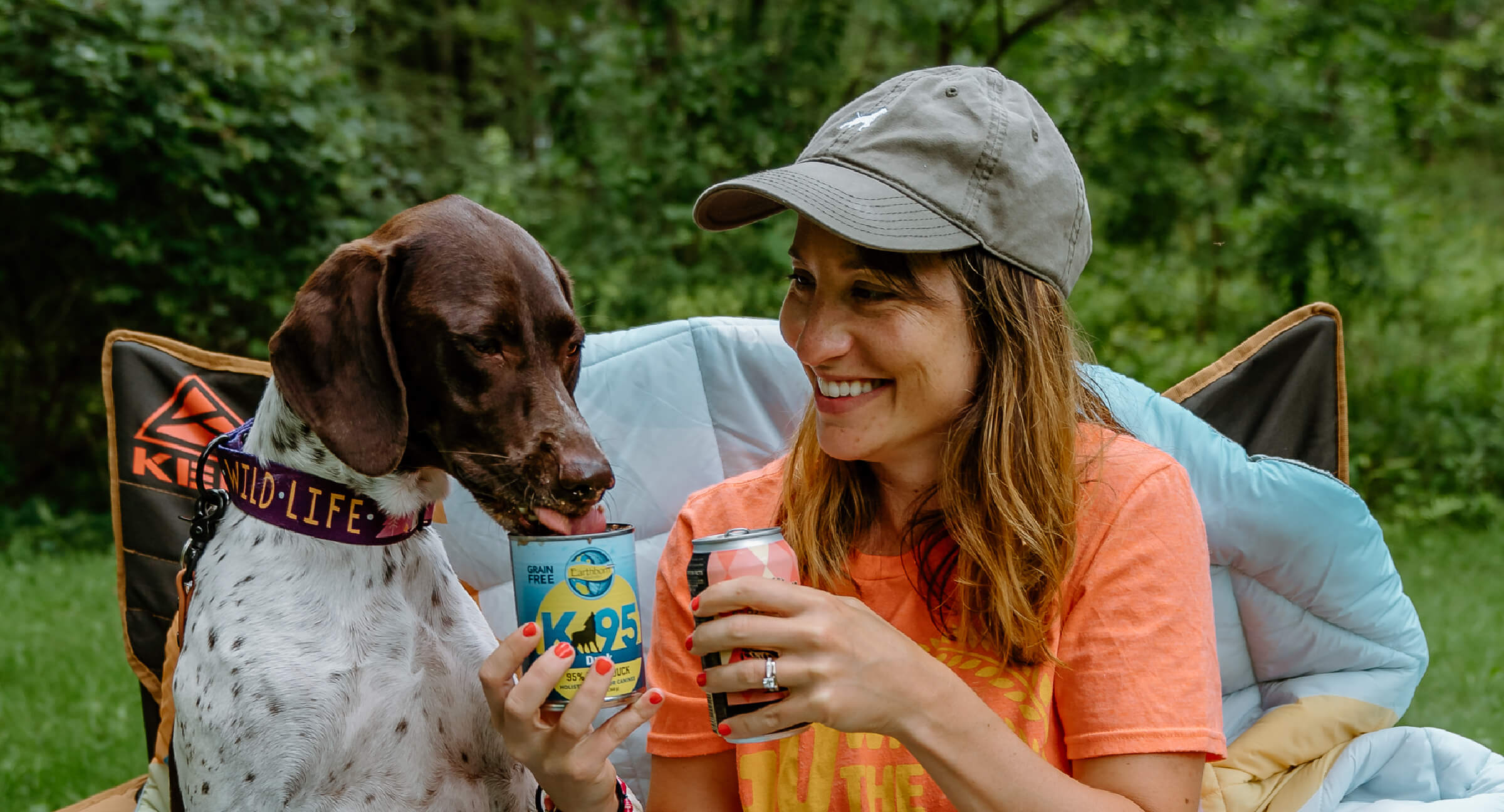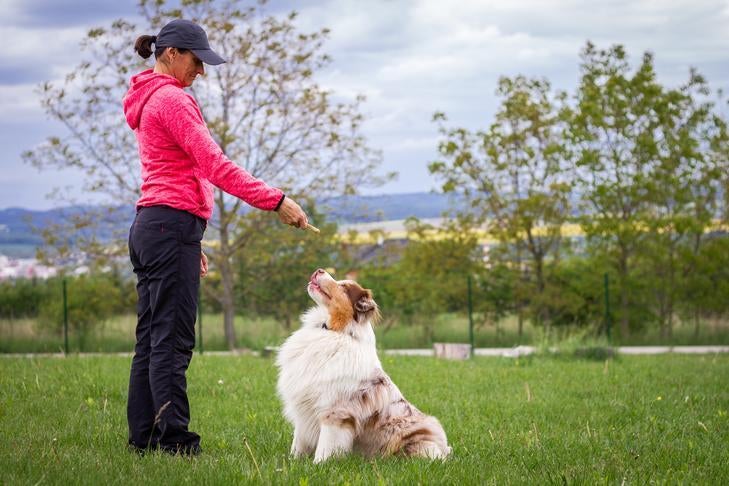The Ultimate Overview to Favorable Support in Dog Training
The Ultimate Overview to Favorable Support in Dog Training
Blog Article
Important Tips for Effective Dog Training: A Guide for Pet Dog Owners
Effective pet dog training is a complex procedure that calls for a tactical strategy customized to both the pet's temperament and the proprietor's objectives. Secret elements such as establishing constant commands, employing favorable support, and assisting in very early socializing play critical roles in promoting a well-adjusted canine buddy. Many pet dog proprietors come across difficulties that can hinder progression, leading to frustration and unpredictability. Recognizing exactly how to navigate these obstacles can significantly boost the training experience, eventually transforming the partnership in between owner and dog. What are the crucial approaches that can be utilized to ensure success in this undertaking?
Comprehending Canine Habits
Understanding canine habits is crucial for effective training and promoting a harmonious connection in between pooches and their proprietors. dog training. Dogs communicate mainly with body language, articulations, and activities, making it critical for proprietors to interpret these signals accurately.

Socializing plays a considerable function in pet dog habits; exposure to various settings, individuals, and various other animals can considerably impact a dog's personality. Elements such as breed features and private temperament must guide training approaches, as some breeds may have details behavioral traits that demand tailored strategies. By comprehending these elements, proprietors can produce a supportive setting that encourages favorable habits, bring about successful training outcomes and a deeper bond with their pets.
Developing Regular Commands
Efficient communication with your canine starts with developing constant commands. This fundamental component of training is vital for promoting understanding between you and your animal. Uniformity in the commands you utilize ensures that your dog can accurately associate particular words or expressions with the preferred behaviors.
When selecting commands, select clear, distinctive words that are easy to claim and set apart from each other. Prevent using similar-sounding commands that may confuse your pet. For example, utilizing "rest" and "remain" is appropriate, however "rest" and "struck" could result in misconceptions.
In addition, keep the exact same tone and volume for every command. Pets are delicate to vocal cues, so varying your tone can produce confusion.
It is similarly crucial to make sure that all member of the family get on the exact same page regarding the commands made use of. A united front in command use will prevent combined signals and strengthen the knowing procedure.
Positive Support Methods
The power of favorable reinforcement in canine training hinges on its capability to encourage preferred behaviors via rewards and praise. This method is grounded in the concept that habits adhered to by desirable results are more probable to be repeated. By including positive support into your training routine, you can successfully shape your pet dog's behavior in a positive manner.
To apply positive support, it's vital to recognize what inspires your pet, whether it be treats, playthings, or verbal praise. When your pet carries out a wanted action, such as resting on command, instantly award them with a reward or affection. This organization in between the command and the positive result reinforces their understanding.
It's important to timing the incentives correctly; providing the support within secs of the desired behavior helps your pet dog make the link (dog training). Additionally, consistency is crucial-- ensure that all relative make use of the same commands and reward systems to prevent complication

Gradually, you can minimize the regularity of deals with as your dog learns the habits, transitioning to applaud or recurring incentives. This method not only fosters a solid bond in between you and your pet dog however likewise advertises a positive knowing environment, making training a satisfying experience for both.
Socialization and Communication
Continually revealing your dog to a variety of environments, people, and other animals is important for their social advancement. Socializing must start early, preferably during the vital home window of 3 to 14 weeks, when young puppies are most receptive to new experiences. Older canines can likewise benefit from ongoing socializing initiatives.
Present your canine to different settings, such as parks, pet-friendly shops, and city locations. This exposure helps them adjust to numerous stimulations, minimizing stress and anxiety and worry reactions. Encourage favorable communications with other dogs and individuals, making certain that these experiences are risk-free and controlled to cultivate self-confidence.
Make use of organized playdates with well-mannered pet dogs, as this can enhance your pet's social skills and teach them proper behavior. Obedience courses and training sessions also supply outstanding possibilities for socialization, permitting your canine to connect with others in a supervised setting.
Screen your pet's body language throughout interactions, as this will help you evaluate their convenience degree. Gradually raise exposure to even more challenging situations while ensuring that each experience is positive. A well-socialized canine is most likely to display well balanced behavior, making them a happiness to have in any kind of setting.
Attending To Usual Training Challenges
Every pet dog proprietor will come across training obstacles published here at some point, this contact form no matter their pet dog's age or socializing degree. Identifying typical problems such as stubbornness, distractions, and fearfulness can assist in establishing reliable strategies for improvement.

Slowly introduce distractions as the dog comes to be extra skillful in commands. Short, constant training sessions are likewise efficient in maintaining attention.
Terror can impede a canine's knowing procedure. Gradual desensitization to the source of concern, coupled with favorable support, can help reduce stress and anxiety. Persistence is important; never compel a pet into a situation that creates distress, as this might intensify the concern.
Inevitably, understanding and attending to these common obstacles with a structured approach will certainly foster an extra efficient training experience, enhancing the bond between pet and owner while advertising efficient learning.
Verdict
In summary, effective canine training counts on an extensive understanding of canine actions, the facility of regular commands, and the application of positive support techniques. Socializing plays an important duty in establishing well-adjusted pet dogs, while dealing with usual training challenges calls for patience and versatility. By implementing these necessary strategies, family pet proprietors can foster a solid bond with click now their pets and promote preferable actions, ultimately causing an unified relationship between people and their canine friends.
Understanding pet dog actions is essential for reliable training and cultivating an unified relationship between dogs and their proprietors.Socializing plays a significant function in pet dog actions; direct exposure to various environments, people, and other pets can dramatically impact a dog's character.The power of positive reinforcement in pet dog training exists in its capacity to urge desired behaviors through rewards and praise. By integrating favorable reinforcement right into your training routine, you can effectively shape your canine's habits in a useful manner.
In recap, successful pet training depends on a thorough understanding of canine habits, the establishment of constant commands, and the application of positive reinforcement techniques.
Report this page